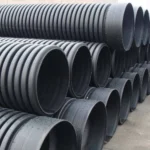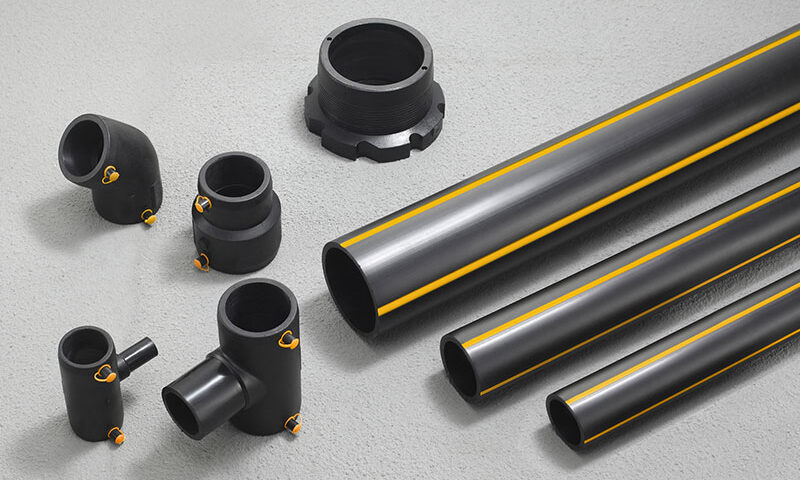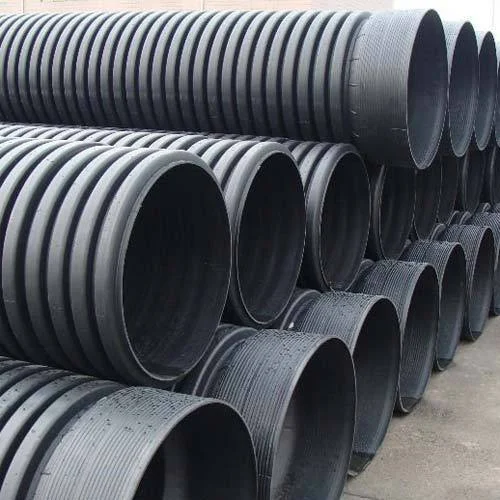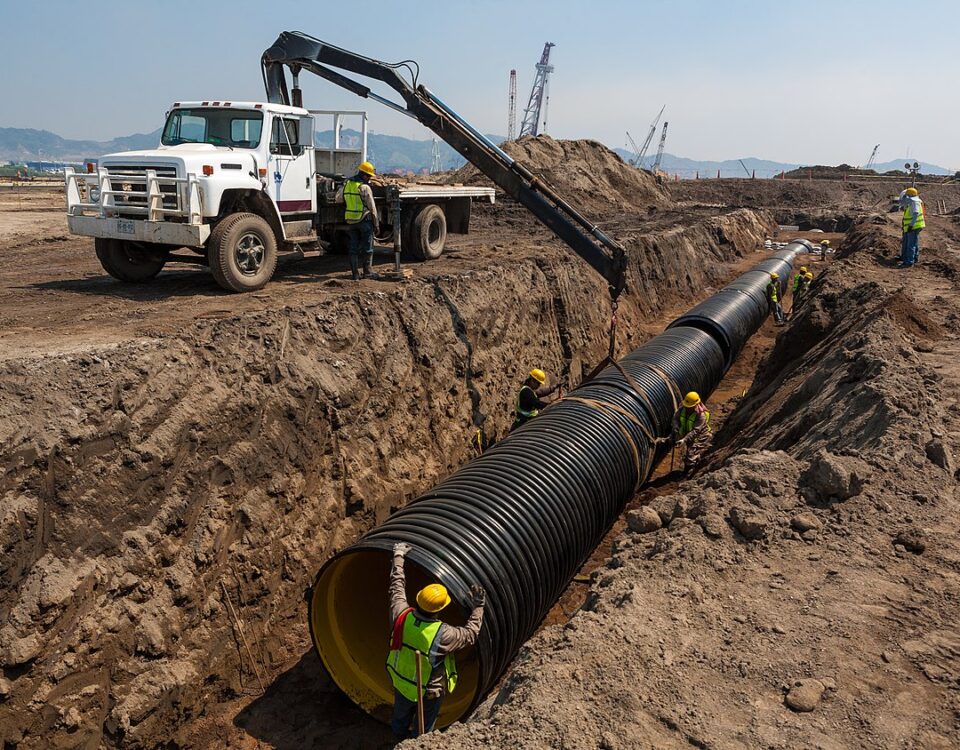
What Are HDPE Pipes? A Complete Guide to Benefits and Uses
October 11, 2024Choosing the right HDPE (High-Density Polyethylene) pipes for your project can be overwhelming. With various options available, how do you determine the best one? Whether you’re working on a plumbing, irrigation, or industrial project, selecting the correct HDPE pipes is crucial for durability and efficiency. In this guide, we’ll walk you through everything you need to know about HDPE pipes, helping you make an informed decision.
1. What Are HDPE Pipes?
HDPE pipes are made from high-density polyethylene, a strong and lightweight thermoplastic known for its flexibility and resistance to damage. These pipes are widely used in water supply, drainage systems, gas pipelines, and industrial applications.
2. Why Choose HDPE Pipes?
HDPE pipes offer numerous benefits, including durability, corrosion resistance, and cost-effectiveness. They are also lightweight and easy to install compared to metal or concrete pipes.
3. Types of HDPE Pipes
There are several types of HDPE pipes, including:
- Single-wall corrugated pipes – Ideal for drainage systems.
- Double-wall corrugated pipes – Used for sewer and stormwater management.
- Smooth-wall HDPE pipes – Commonly used for water supply and gas distribution.
4. Factors to Consider When Choosing HDPE Pipes
When selecting HDPE pipes, consider factors like pressure rating, diameter, flexibility, and resistance to chemicals. The right choice depends on your specific project requirements.
5. Pipe Diameter and Wall Thickness
The diameter and wall thickness of HDPE pipes determine their flow capacity and pressure resistance. Larger diameters are suited for high-volume applications, while thicker walls enhance durability.
6. Pressure Rating and Strength
HDPE pipes come in different pressure ratings, measured in PSI (pounds per square inch). Choosing the right pressure rating ensures the pipe can handle the intended workload without breaking.
7. Flexibility and Durability
One of the standout features of HDPE pipes is their flexibility, allowing them to bend without breaking. This makes them perfect for areas prone to ground movement or seismic activity.
8. Resistance to Chemicals and Corrosion
Unlike metal pipes, HDPE does not rust or corrode, making it an excellent choice for transporting chemicals, wastewater, and other corrosive substances.
9. Installation and Maintenance
HDPE pipes are easy to install due to their lightweight nature. They require minimal maintenance compared to other pipe materials, reducing long-term costs.
10. Cost and Budget Considerations
While HDPE pipes may have a higher initial cost than some alternatives, their durability and low maintenance requirements make them a cost-effective choice in the long run.
11. Comparing HDPE with Other Pipe Materials
Compared to PVC, steel, and concrete pipes, HDPE offers superior flexibility, corrosion resistance, and a longer lifespan. However, it may not always be the best choice for extremely high-pressure applications.
12. Common Applications of HDPE Pipes
HDPE pipes are used in various industries, including:
- Water supply and distribution
- Gas pipelines
- Agricultural irrigation
- Sewage and drainage systems
- Mining and industrial processes
13. Best Brands and Manufacturers
Some of the top manufacturers of HDPE pipes include:
- JM Eagle
- ADS Pipe
- Prinsco
- United Poly Systems
14. Environmental Benefits of HDPE Pipes
HDPE pipes are eco-friendly because they are recyclable and have a lower carbon footprint compared to traditional pipe materials. Their long lifespan also reduces waste.
15. Final Thoughts and Recommendations
Choosing the best HDPE pipes requires careful consideration of factors such as pressure rating, flexibility, and cost. By understanding your project needs, you can select the right HDPE pipe for maximum efficiency and longevity.



